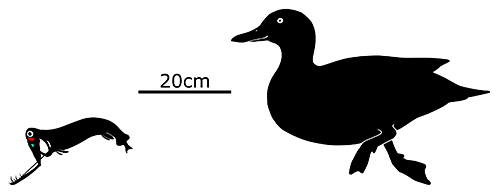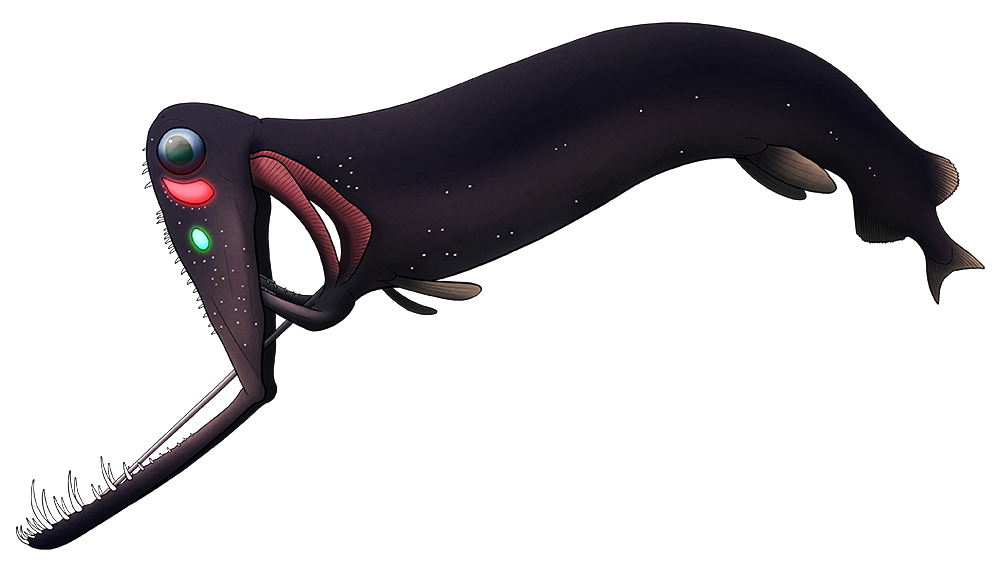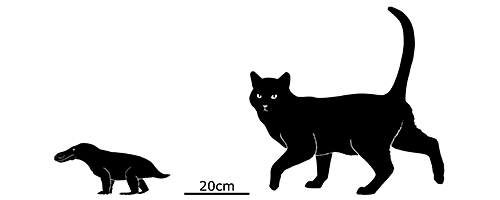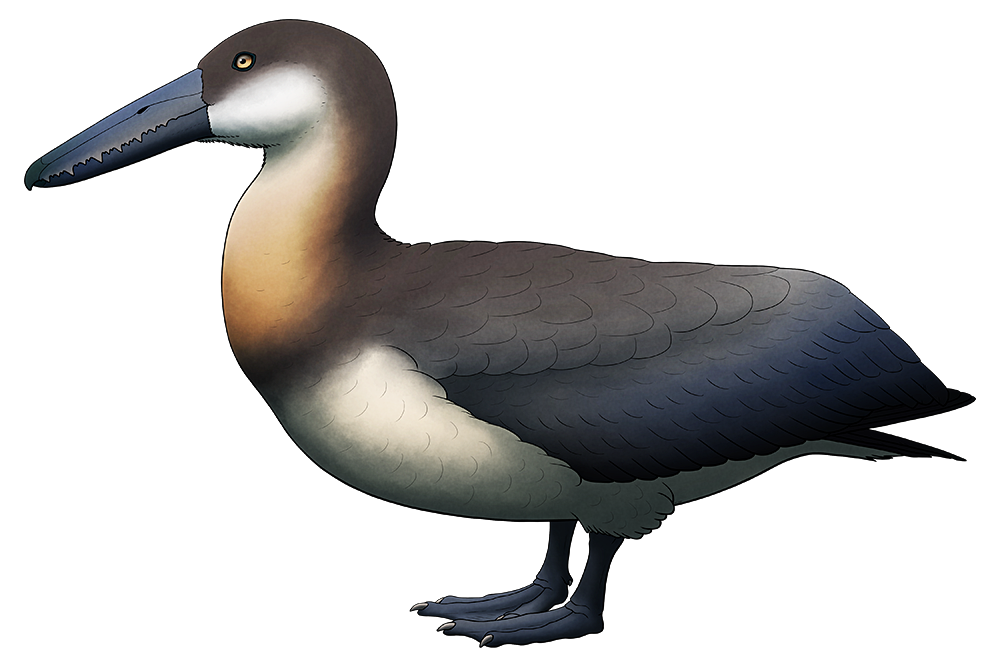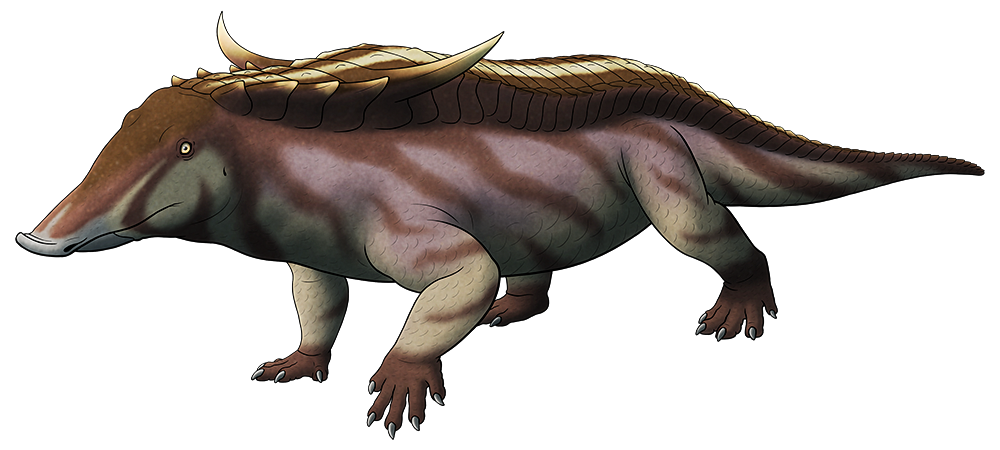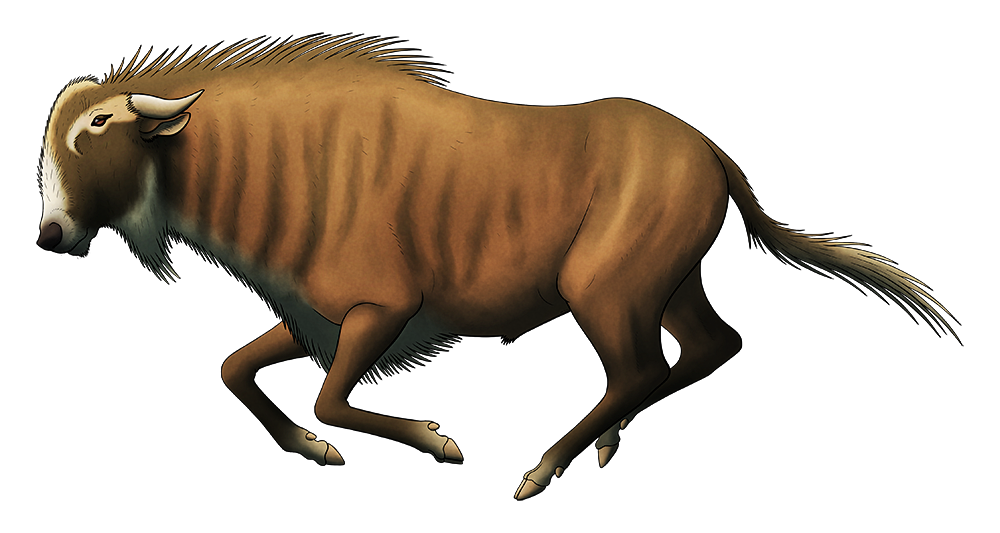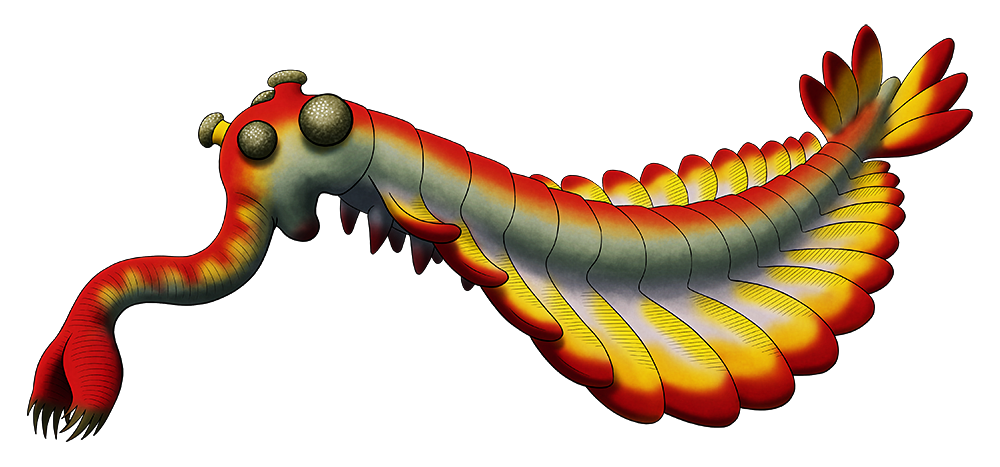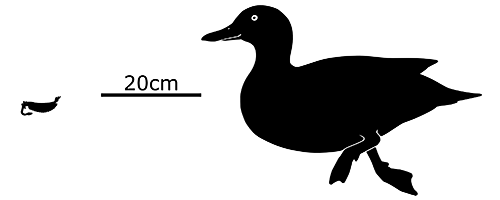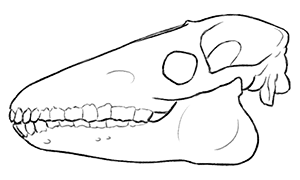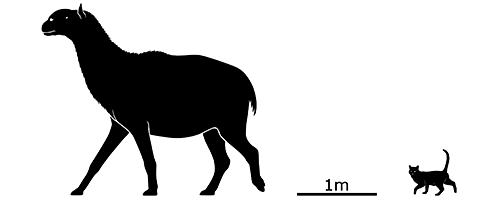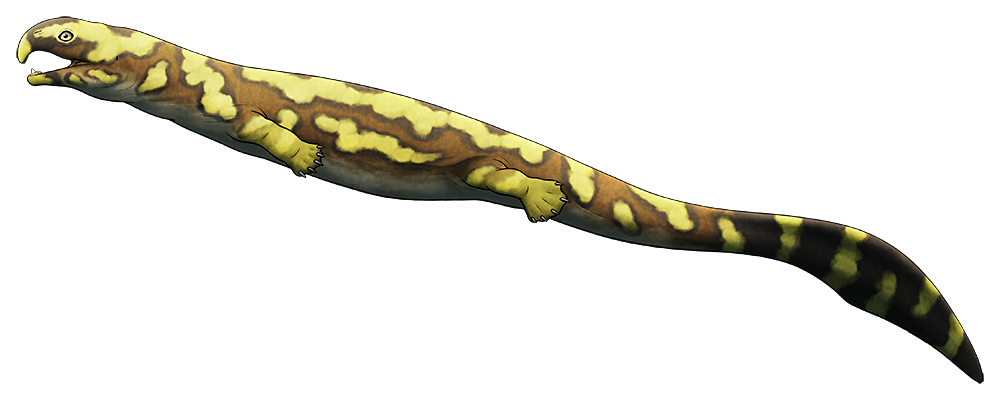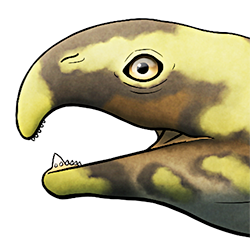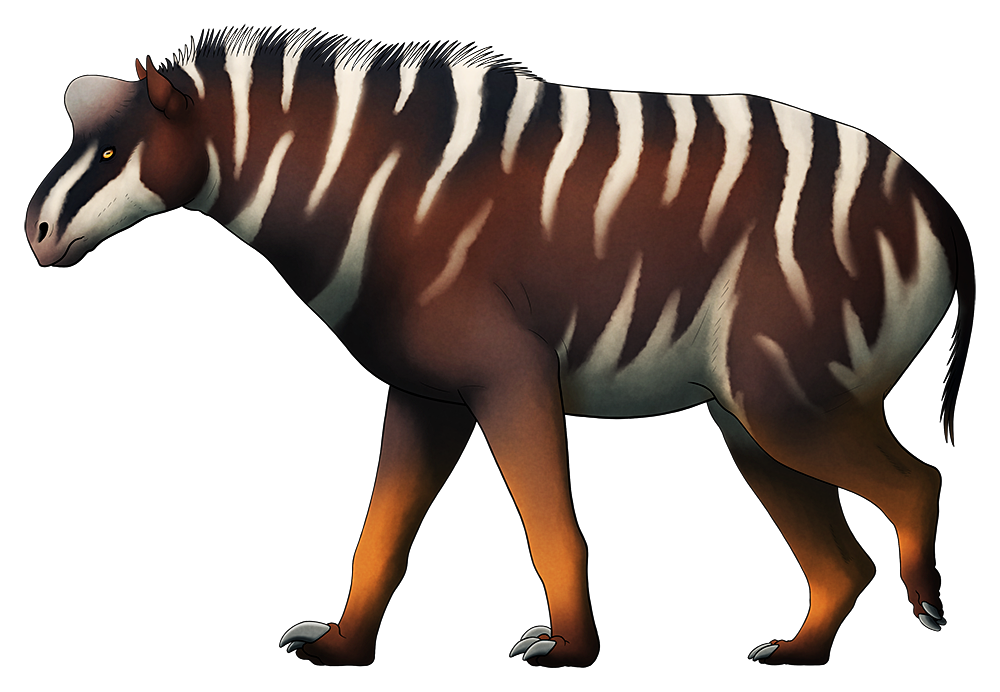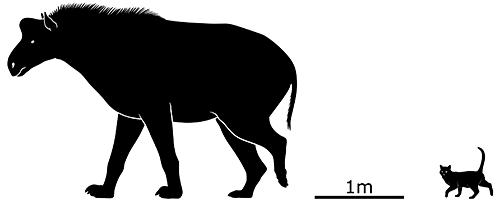For the final entry in this series, let’s take a look at a modern weird-headed species – and where better to find some of the strangest and most unique-looking animals alive today than the deep sea?
Malacosteus, also known as the stoplight loosejaw, is a 25cm long (10″) genus of dragonfish found at depths of over 500m (1640′) in oceans all around the world, with the exception of the Mediterranean and polar waters. Two different species are currently recognized, with Malacosteus niger here known from just below the Arctic Circle down to the southern reaches of the subtropics, and Malacosteus australis ranging from there to around 45°S, and up towards the equator in the Indian Ocean.
And there’s a lot to unpack here with the anatomy of this one.
First of all, there’s the fact that its entire head can hinge away from its body, gaping enormous jaws with long fang-like teeth.
The bottom of its lower jaw has no skin membrane connecting the two sides, attached to the rest of its bizarre head only by the hinges and a single exposed muscle, reducing water resistance so it can shoot its trap-jaws out extra fast to snare prey.
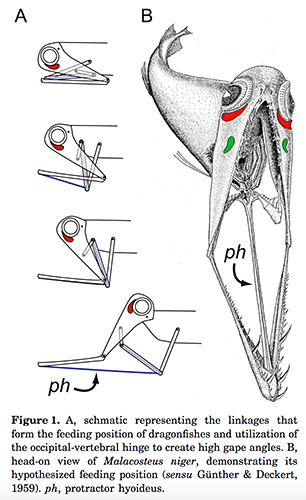
Once it catches something it retracts its head, and several sets of pharyngeal teeth further back grab hold of its prey and direct it down its throat.
(Let me remind you that this isn’t an early April Fools joke. This thing is completely real.)
In addition to all that anatomical weirdness, it’s also one of the only deep-sea fish that can both see and produce red-colored light. Most creatures living at that depth have lost the ability to see red since that frequency doesn’t penetrate so far down through water, but the stoplight loosejaw has evolved to take advantage of that by using bioluminescent red light as its own personal night vision goggles.
Using large red photophores under each eye, it can shine a spotlight out ahead of itself and see other deep-sea animals all clearly lit up, while remaining completely invisible to both them and any nearby larger predators. It’s able to perceive the color red thanks to a pigment in its eyes modified from chlorophyll, a visual setup unique to this fish and not known from any other vertebrate.
It also has a smaller green photophore further down on its head – inspiring its common name thanks to the resemblance to traffic lights – and many smaller blue and white ones over its head and body.
So, with its highly specialized jaws and ability to see things other deep-sea animals can’t, the stoplight loosejaw must be hunting something pretty impressive, right?
And as it turns out, it eats… plankton.
The vast majority of its diet appears to be copepods, small zooplanktoic crustaceans that are incredibly common in the waters the loosejaw inhabits. It may simply be “snacking” on such a convenient food source in-between rare encounters with larger prey – but it may also be getting the chlorophyll-based pigment needed for its night vision from eating them.
